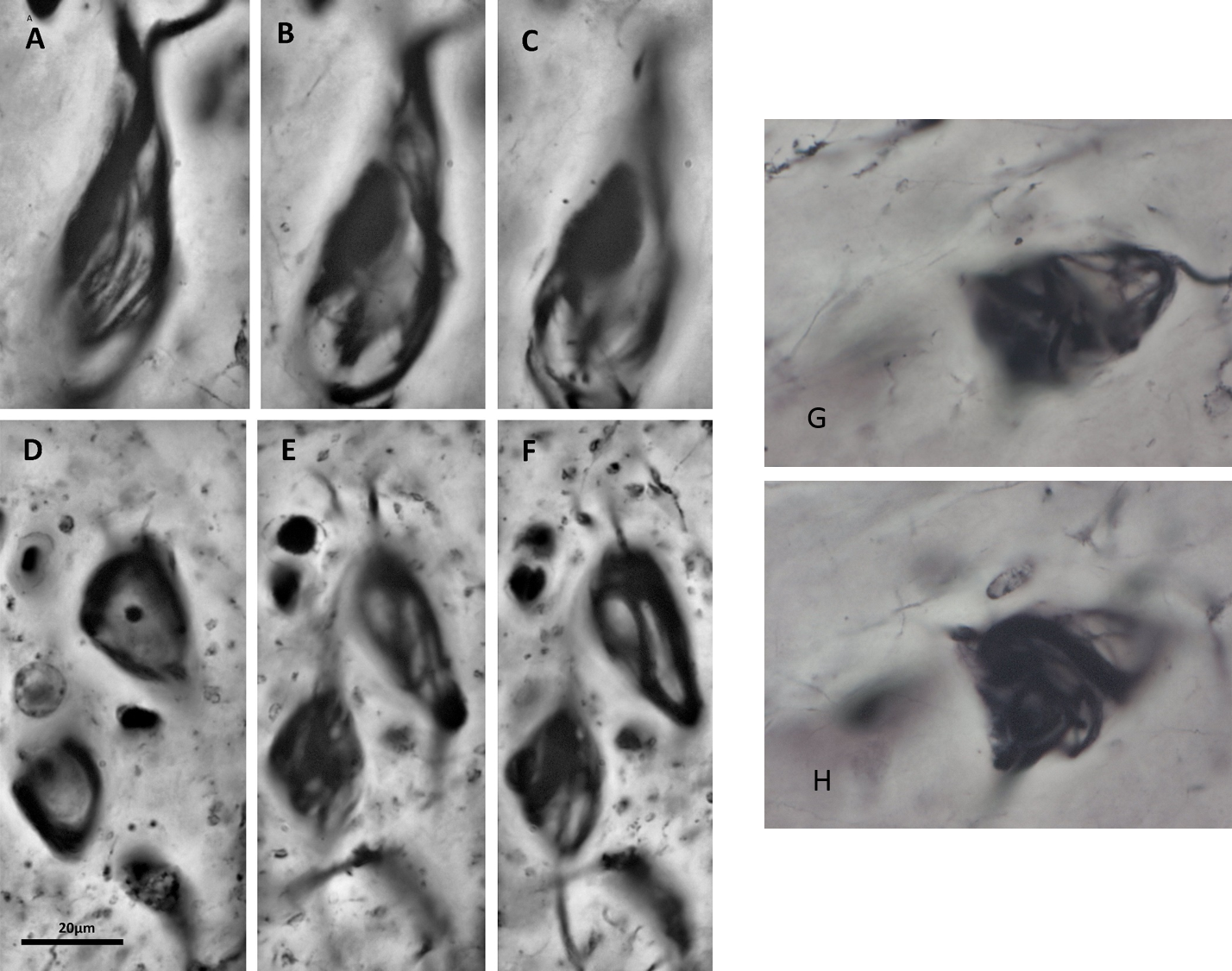Since its foundation, scientists at the Cajal Institute have focused their research on Alzheimer’s disease
Cajal Institute – News

Section of human hippocampus (A) from a Cajal´s slide (B) processed following the Bielschowsky procedure. C, Represents a high power magnification B&W view of the squared región showed in A.
Two important events in the history of neuroscience occurred in 1906. On November 3, Alois Alzheimer (1864-1915) presented the first case of a patient with symptoms of a disease that later would be called Alzheimer’s disease. One month later, on December 10, Santiago Ramón y Cajal (1852-1934) received the Nobel Prize “in recognition of their work on the structure of the Nervous System”. These facts seem not to be related, but working in the Museum Cajal we found 37 histological preparations of material from patients suffering from Alzheimer’s disease, revealing that Cajal also studied this disease. Cajal’s contribution to the study of Alzheimer’s disease is fully illustrated by original pictures taken from Cajal’s slides preserved in the Cajal Legacy (National Museum of Sciences, and Cajal Institute), CSIC, Madrid.
Find more information at: https://pubmed.ncbi.nlm.nih.gov/17917161/

Cajal´s slide, Bielschowsky staining procedure, showing a neuritic plaque

